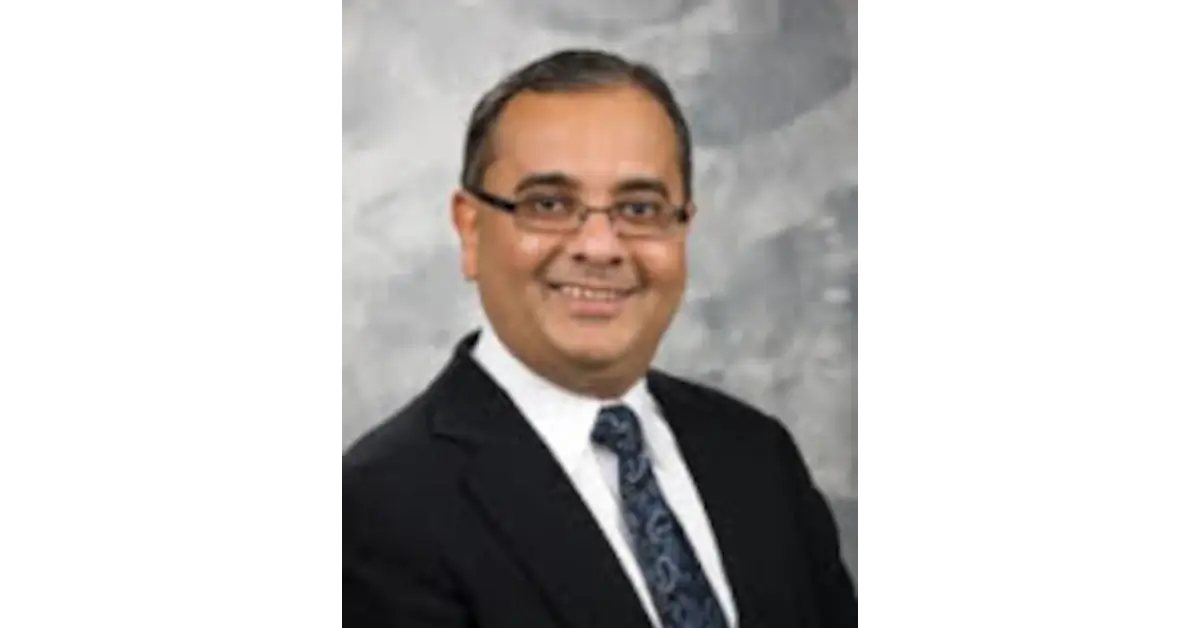What brings you to the area and to the Center for Musculoskeletal Disorders?
I’m from Bombay, a big city, where I have lived most of my life. When I came to the U.S. to do my spine fellowship in New York in 2002, I could very easily identify myself with the temperament, culture and ethos of this exceptional city. Whenever I am in New York City, it re energizes me and gives me a thrill. It is the most diverse city in the U.S., which is especially desirable as I’m from a different cultural background. Additionally, I have a very large soft spot for New York City as my now 12-year-old son was born in New York Presbyterian Hospital. In a nutshell, New York City is home!
When I was job hunting and looking at various websites, particularly the AAOS (American Academy of Orthopaedic Surgeons) career website, I found CSM. CSM exudes that same energy that I felt in New York City. I wanted to come to a growing group practice with a young, energetic and dynamic staff and focus on spine care. CSD offered me that opportunity.
What do you hope to bring to the practice?
I hope to add to the dynamism of the group tempered with my extensive experience in spine surgery. I’ve had over 10 years in spine surgery. I have practiced in a university setting where I did complex spine surgeries including spinal deformity surgery as well as redo spine surgery. I am also very well versed in the private practice model as I have been in private practice for a few years.
In a university setting, we often get cases referred by other orthopedists and sometimes even spine surgeons. These are more complex cases and typically more difficult. They often require multi-disciplinary services working together as a team to create better patient outcomes. University practice exposed me to a great variety of complex spine cases not commonly seen in a small community hospital where some private practices often operate. Yet I’ve also been in private practice for a couple of years and what really interests me about that is the ability to have more control over my environment. Therefore, I bring my combined experience of hospital and private practice to CSD.
What is your philosophy of care?
My philosophy of care is to minimize disruption of normal tissue and to provide as good an outcome as we have done in the past with traditional surgery. In the past, the emphasis was on the anatomical repair/reconstruction; return to function was not stressed as much. Now, less / minimally invasive spine surgery is a very viable option in the right patient with an earlier return to function.
Initially, there were risks with minimally invasive surgery since less access meant less visibility. Today, with modern minimally invasive techniques, access has improved considerably and we can see as much as we need to without a huge amount of disruption of normal tissue. That means less loss of working days, family time and life in general. It also means a quicker return to function.
What is new or cutting-edge in your field and about which you are particularly excited?
One of the two most avant garde areas of spine surgery is less/minimally invasive spine surgery where one can do the same surgery with less tissue disruption and achieve a quicker recovery and earlier return to function. Less/minimally invasive surgery is expanding a lot more especially as instrumentation improves the ease of doing it. Even spinal deformity surgery is being done less invasively in a few selective cases.
Another innovation, which is on the horizon, is motion preservation. In the past, the standard approach to spine surgery was to fuse the spine. The goal was to prevent motion at the part or level of the spine that was causing a problem. On the horizon is to do what total joint replacement specialists do: replace the joint. This is being performed in the cervical spine(neck), and current research is being done on its application in the lumbar spine (lower back). This approach has been presented multiple times at spine surgery meetings. It is still not in mainstream, but I do believe it will be over the next five to 10 years.

